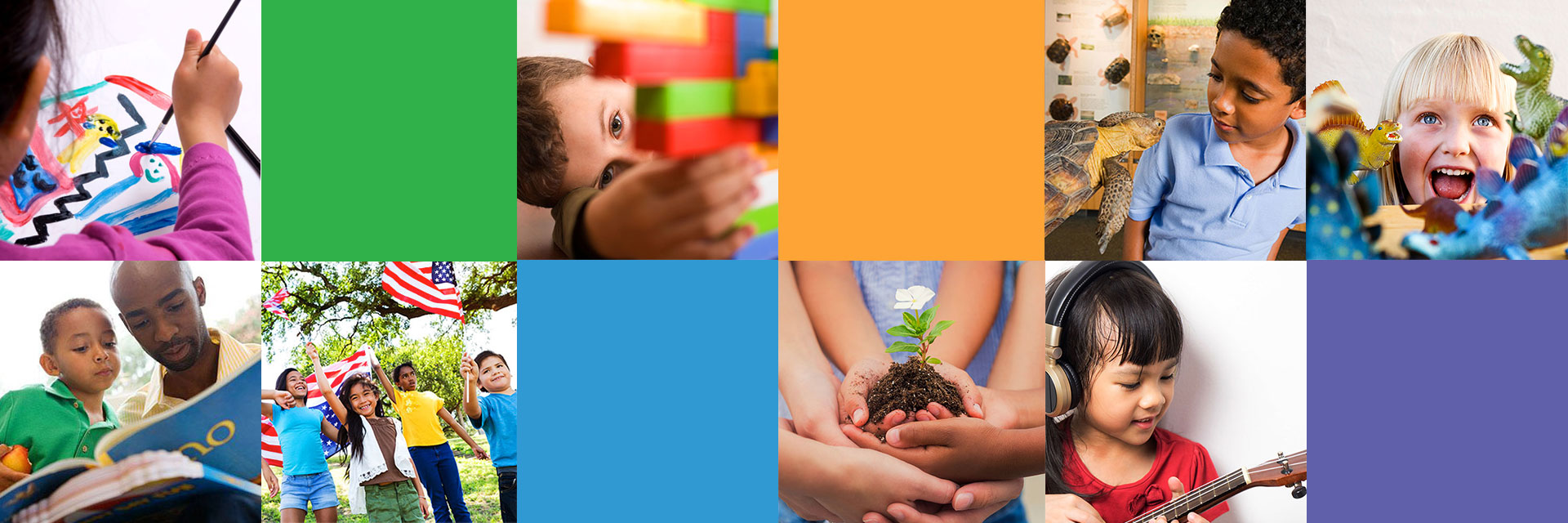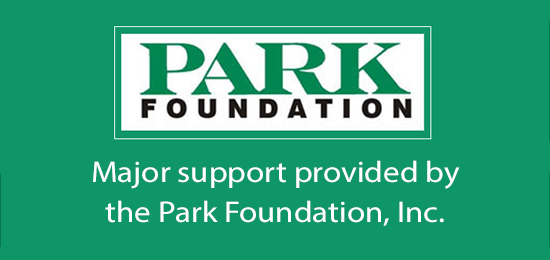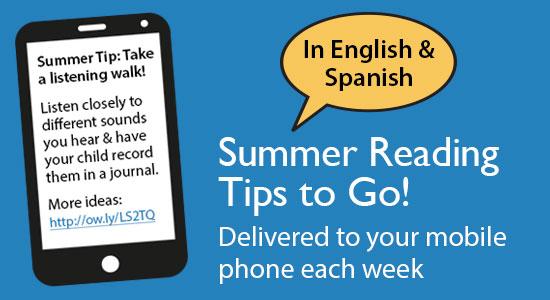When Sharon Langley was born in the early 1960s, many amusement parks were segregated, and African-American families were not allowed entry. Sharon’s book, A Ride to Remember, written with Amy Nathan and illustrated by Floyd Cooper, shows how a community came together — both black and white — to make a change.
In the summer of 1963, after demonstrations and public protests, Gwynn Oak Amusement Park in Maryland desegregated. Sharon was the first African-American child to ride the carousel when the amusement park opened to patrons of all races. This was on the same day of Martin Luther King Jr.’s March on Washington for Jobs and Freedom. Her carousel ride demonstrated the possibilities of Dr. King’s dream.
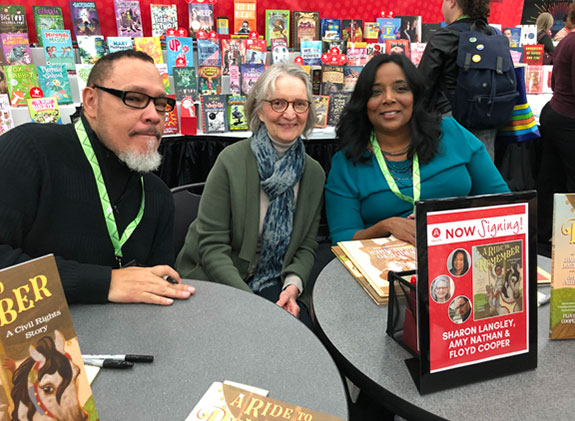
I got to meet and talk with Sharon, Floyd, and Amy at the NCTE Annual Convention in Baltimore last fall. They got me thinking about how everyone has a story to tell, how those stories get told, and how words and pictures come together to tell a story.
As I spent time this past summer with the beautiful words and pictures in A Ride to Remember, it influenced how I looked at protest signs and thought about the unique stories behind them.
Sharon, Floyd, and Amy are generously sharing their own thoughts with Book Life about encouraging kids to use their voice to be heard and seen and to share stories to bring about change. — Rachael Walker
October 21, 2020
Children have a voice!
by Sharon Langley
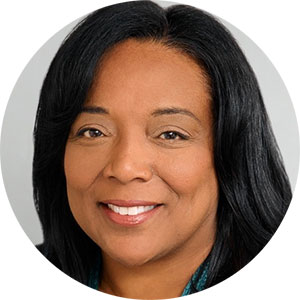
When Amy and I were writing A Ride to Remember, I thought about the children, teachers, librarians, families, and others who would read the book. I also thought about my former students and the books that we’d read together — stories about Dr. Martin Luther King Jr., Rosa Parks, and Ruby Bridges. I recalled our conversations about social justice and the actions that people have taken to make change, including protests and demonstrations.
Perhaps children with their families and teachers with their students would have discussions about this little-known event in Maryland history and its connection to the larger civil rights movement.
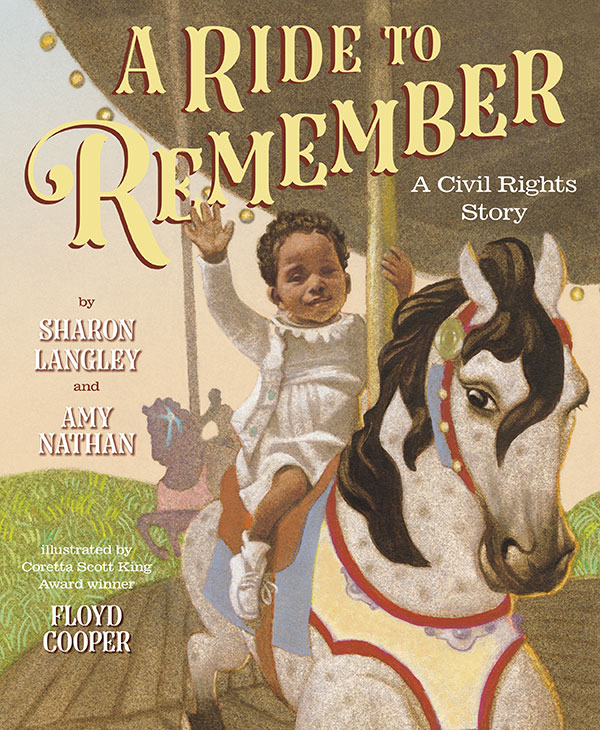
Maybe they would talk about how much things have changed since then. Or in the light of current events, perhaps they would talk about what still needs to change and what people, including kids, are doing to bring about change.
I hoped our book A Ride to Remember would be a part of the discussion about the role that children played and continue to play in making our communities better, places where everyone can belong and feel accepted.
Recently, I listened to a podcast Talking With Children about Race, with Dr. Beverly Tatum. She emphasized how important it is to talk with children about race because children look to us — their caregivers, their teachers — to help them make sense of the world. She also discussed the goals of Anti-Bias Education and asked, “Aren’t these the things we want for our children, too?”
I realized that A Ride to Remember has strong ties to each goal. The story allows readers to:
- See themselves and others as a part of a family and community;
- Express comfort and joy at diversity, use accurate language for human differences with deep caring and human connections across human diversity;
- Builds awareness and vocabulary to express unfairness, recognizing that unfairness hurts, and
- Observe and demonstrate empowerment and the skills to act with others or alone against prejudice or discriminatory action
A Ride to Remember is told through the lens of relationships. Readers see young Sharon’s relationship with her parents and their honest conversation about segregation and the hurt that it caused people who were being excluded from the amusement park on the basis of race.
The Coleman brothers and Lydia Wilkins are also shown in the context of their families. The Coleman brothers come to the protest with their parents. Their parents provide an important example of what it means to be an ally. An injustice doesn’t have to be happening to you for you to care and do something about it. Lydia’s covert operation with her aunt Mabel Grant shows the courage it takes to stand up against discrimination.
I hope that A Ride to Remember opens the door to conversations between children and their adults empowering them to build relationships and a better future for us all.
Bringing A Ride to Remember to life
by Floyd Cooper
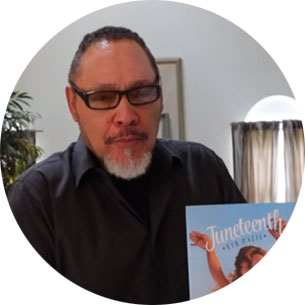
When Amy Nathan reached out to me on social media, I didn’t think too much of it. I get requests and pitches for book ideas all the time. But something in her message made me want to see more, so I agreed to take a look.
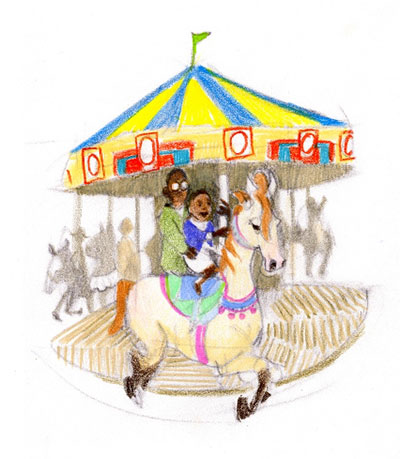
After reading the beautiful manuscript written by Sharon and Amy, I was so moved that immediately — on the spot, I reached for some art material. I had to get it out.
I happened to have crayons and printer paper nearby, so I drew this:
A Ride to Remember has all of the elements, lessons, and examples that when people are faced with obstruction and denial of their rights to simply live and grow, humanity will somehow find a way. And I wanted to give it visual voice.
Sharon’s story is our story, America’s story. These are the thoughts that I carried with me as I began the process of bringing the visuals forth in this book.
The art sequence was as follows (left to right):
- The brown stage: oil wash on board, kneaded eraser to bring forth shapes
- Contrast development stage with dry brush
- Final color
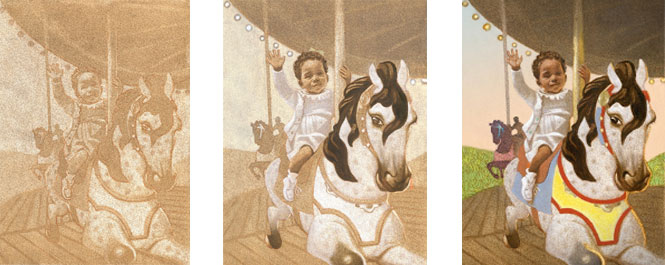
Children’s books can provide a window into today’s protests
by Amy Nathan
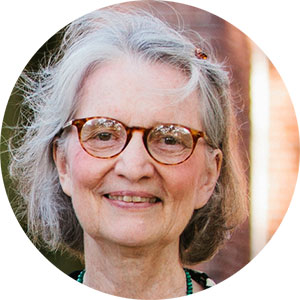
The news these days is filled with stories of protests against racial injustice, giving young people a front-row view of history in the making. But these news reports can be confusing to young people when the change being called for in the protests doesn’t happen right away.
We created A Ride to Remember — which describes protests that ended segregation at a Baltimore amusement park in 1963 — to give young people a sense of perspective on the long, slow process of making major social change.
Seeing the protest strategies that worked in that 1963 example can give children a sense of perspective on what is happening today, provide them information to use to compare and contrast strategies from then and now, and help them think about what changes they’d like to see in the world now.
At the end of the book, Sharon writes, “Everyone — even children — can help create a world where all are welcome and treated fairly.” We see this book as a jumping off point, to get young readers thinking and talking about the changes that still need to be made at schools, in our local communities, or in the wider world.
Our Activity and Discussion Guide describes follow-up projects that encourage young people to think about changes that still need to be made in their world today, with art templates created by Floyd Cooper for children to use to express their hopes for change.
Back in February 2020, after I read the book to students at Moravia Park Elementary School in Baltimore, MD, they created this beautiful bulletin board display of carousel horses with students’ messages of change written on each saddle:
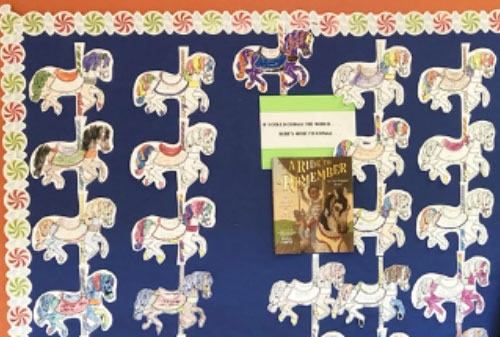
Encouraging young people to become modern-day historians is another option for helping them engage with the demonstrations they see on the news or in their communities. Invite your children or students to tell you what they have seen written on the protesters’ signs.
The Reginald F. Lewis Museum in Baltimore has been encouraging protestors to donate signs they have carried in demonstrations to the museum for an upcoming exhibit that opens at the end of the month called Make Good Trouble: Marching for Change. In addition to “Black Lives Matter,” there are many other messages on posters in the exhibit:
- “Enough is Enough”
- “Be Part of the Solution”
- “Kindness Justice Equality Love Peace Freedom”
- “Black Voices Matter”
Discuss the meaning behind the words with young people. From there, you can all create your own posters with your own messages as this young person did at an event at the Reginald F. Lewis Museum on Martin Luther King, Jr. Day, 2020:
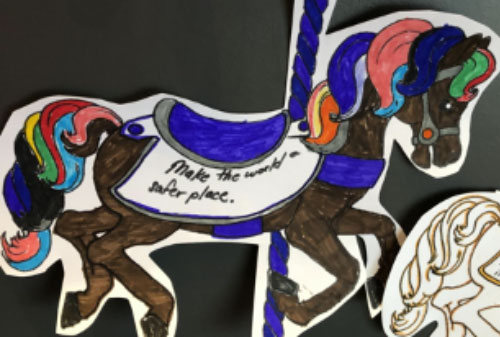
More About A Ride to Remember
- A Ride to Remember Activity and Discussion Guide
- How a Carousel Ride Became Part of America’s Civil Rights History (PBS NewsHour)
- Sharon's First Merry-Go-Round Ride

